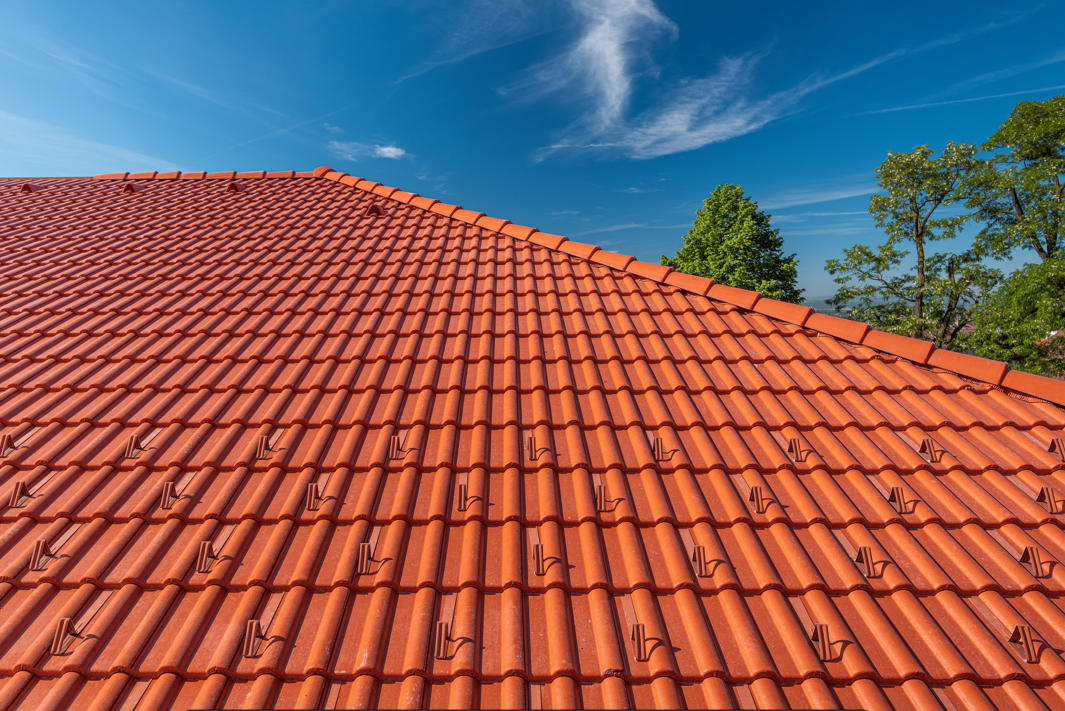The arrival of spring is a signal for the owners of houses, cottages or cottages that they should subject their property to a thorough inspection of the roof, which can reveal any damage caused by melting snow. What to pay attention to?
“Melting snow can do a lot of damage. That is why it is very important to inspect the roof after winter. It is necessary to check tiles and sheeting, gutters, lightning conductors, but also anti-moving barriers,” advises Michal Ponec from the company Betonpres, which produces roofing. “Neglecting a spring inspection can result in future damage to the entire building,” warns Ponec.
Revision of the roof is not complicated at all. For most interventions, good eyesight and very simple equipment are needed. First, check the attacked mess in the gutters and on the roof itself. You can start with gutters. It is important that they remain fully passable. It is enough to sweep the gutters with an ordinary broom, dirt in hard-to-reach pipes can be removed with a strong stream of water.
“Gutters or downspouts that show signs of cracking or are completely leaky should be replaced immediately. It will cost something, but the damage that a malfunctioning drainage system can do to your house is many times greater. We recommend also checking how stable the gutters are attached to the hooks,” adds Michal Ponec.
The next step is a visual inspection of the condition of the roof covering. For old roofs, focus on uncovering visible cracks and breaks in the tiles that may appear over the years. Damaged pieces of roofing will need to be replaced. Even small cracks expand due to the frost and allow water to seep through. Also, make sure that all the bags are in place, that none of the bags are lifted or otherwise misaligned. If so, return it to the correct position.
When looking at the roof, it’s also a good idea to notice whether the lightning rod has been snapped. Include anti-migration barriers in the inspection. Check their fit, tighten the screws and replace the damaged components.
“Focus your attention primarily on the most critical areas. These are the ones where different parts of the shell meet: roofing with plumbing elements, around skylights and chimneys, as well as various troughs, corners or ridges. Here, in addition to a visual check, we also recommend a manual check to see if some of the elements are loose,” concludes Ponec from Betonpres.

